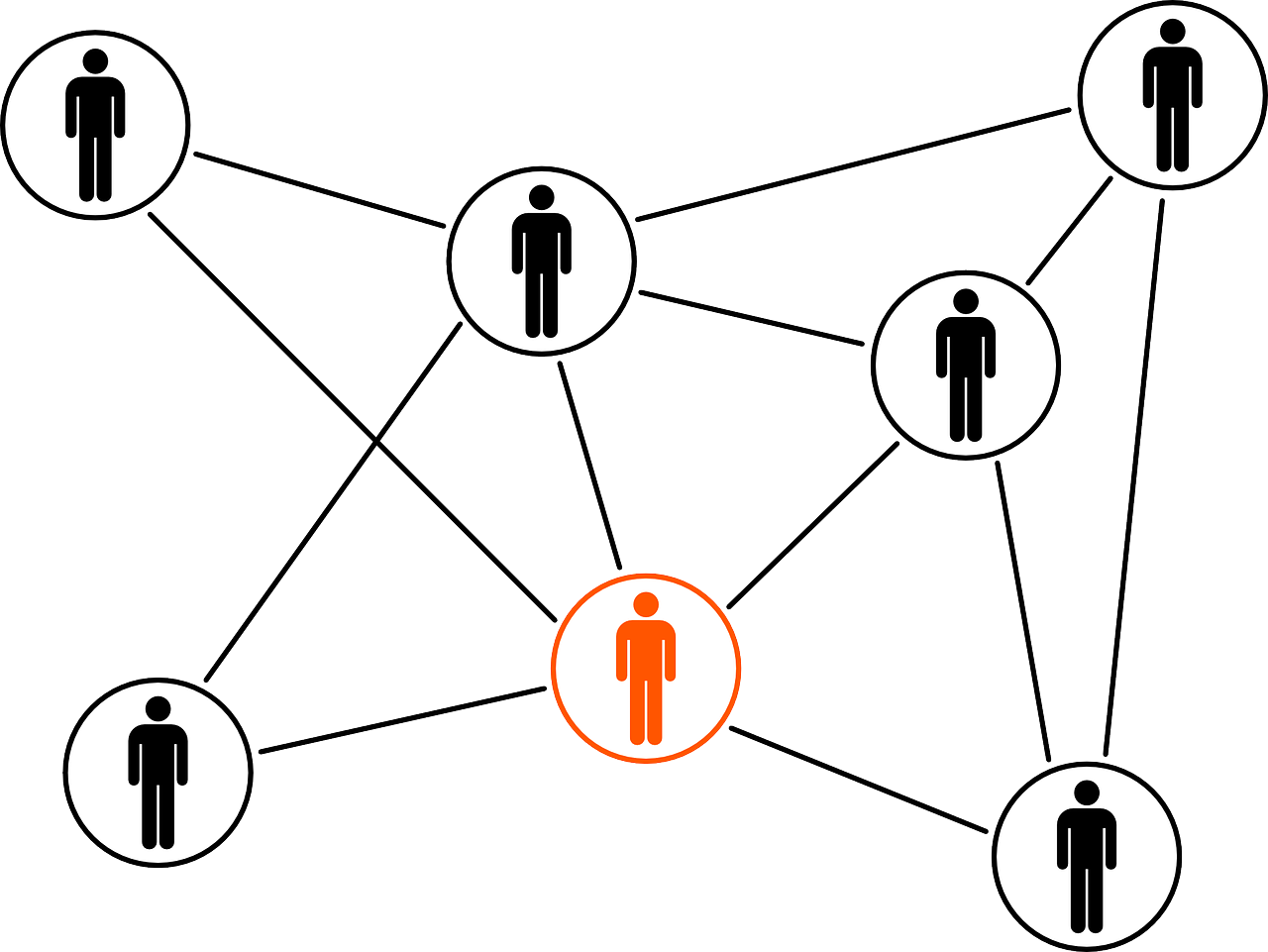Big data expert Pam Baker says that while there are no simple cures for technology snafus or for the learning curve blues when using big data, there are three fundamental things that can change everything in your favor.
Most people can clearly see the potential in big data use in healthcare. Unfortunately, that vision can quickly dim for many who are frustrated by myriad obstacles and technologies that have yet to do the job properly or that providers don’t fully understand. While there are no simple cures for technology snafus or for the learning curve blues, there are three fundamental things that can change everything in your favor.
1. Change your mindset from Point A to Point B path thinking—to thinking in terms of connections between all points simultaneously.
Big data is all about finding and making connections. The catch is that humans are guiding that search and the bonding of connections within the data. Humans, however, tend to think in linear paths which—while useful in getting from one point to another—are not attuned to wielding big data successfully. Thinking in a nonlinear, multiple-possibilities fashion goes against the norm in human thinking processes and in business processes within your organization, too. Even so, you must transform your mindset in order to make any real (not to mention rapid) advances in using big data.
Begin by mapping out how processes, data and departments are connected in your organization. Your first goal is to discover how everything connects—or disconnects—from everything else internally. Where you find connections, make them stronger and more effective. Where you find no connections currently exist, but should, deliberately start forming those connections.
Then map how your processes, data, and departments connect with external counterparts or agencies. You’re looking to map the ecosystem you belong to and all the connections between you and that web of players. Again, where you find connections, make them stronger and more efficient. Where you find none, evaluate whether a connection should be there and if so, make it happen.
Once you can see all the connections, you can begin to leverage them in ways you previously didn’t think about. Be prepared for the things you’ll learn—in both the mapping exercise and the close examination of connections—to result in changes or the outright replacement of your current business processes and data flows (both in and out of your organization). You’ll want to remove any blockages in data flow inside your organization and between other organizations in your ecosystem for maximum returns on investment and patient care delivery.
Move the positioning of your organization’s connections between its people, partners, processes, other members of the ecosystem, and data from this…

Source: Pixabay CCO Public Domain
To this…

Source: Pixabay CCO Public Domain
2. Now that you can see all the connections, use them to change your approach to problem-solving.
Remember, your goal here is to move from linear, traditional thinking to nonlinear, connected thinking. Take the current problem in healthcare data collection, for example. Currently the trend is to overburden physicians with patient data entry duties—and not just for the purposes of patient care. To help explain this problem, I’ll point you to primary care physician, Dr. Christine A. Sinsky’s lament in her post in the KevinMD blog:
“The primary care physician is allocating resources to maintain the profitability of other organizations. Should physicians continue to be the unpaid workforce of private for-profit companies, such as health insurance companies, suppliers of durable medical equipment, mail order pharmacies, commercial screening ventures (such as mobile vascular labs) and home health agencies? Does every institution and business entity have the right to create additional paperwork with the expectation that the physician will assume responsibility for its completion? How much longer can physicians remain the unfunded agents of the Department of Transportation and the Office of Inspector General?”
Old linear thinking leads to the conclusion that since patient data is historically created at the physician level then all patient data and data sharing should spring from that source forevermore. Logical, right? No, actually it isn’t. This line of thinking actually creates a bottleneck in information flow, diminishes patient care by increasingly limiting the amount of time doctors can spend with patients, and fails to recognize—much less leverage—other options.
The temptation here is to move to another linear path to ease the physician’s burden— hire a clerical assistant to do the data entry and data routing. No, sorry, this isn’t the answer either. This is only doubling down on pinning everything on the doctors, so you’re back at square one.
Instead, look at the connections inside and out of your organization and search for all possible means of redistributing (decentralizing) patient data collection and flow.
How might you do that? I can think of several ways; you’ll likely think of more. Here are a few of my suggestions:
- Enable patients to view their own data and submit pre-filled forms with a click of a button to appropriate agencies such as public and private insurance agencies, the Department of Transportation, and other entities concerned with patient care, benefits or assistance. Since the info cannot be changed by the patient and comes directly from the physician’s record, it’s identical to the information these agencies would have received directly from the doctor. The only difference is that the work has been distributed. Obviously social workers or the patient’s caretaker will need to assist patients who are unable to take this action themselves. Doctors can also submit the info if need be—but at a far lower volume and the process should be a matter of a simple click for them to do so as well.
- Look for areas where the same data is re-entered repeatedly and find ways to import or scan it instead of paying people to constantly re-enter it. For example, if pill bottle labels had barcodes, everyone from physician offices to hospitals could simply scan the bottles for a record of drugs the patient is currently taking rather than painstakingly typing that info in at every turn. A quick import of patient data from pharmacies and insurance companies could serve as a safety double-check of the medications the patient is taking. Again, leverage the connections. You may have to push for new or changed regulations or re-negotiate existing partnerships to make such happen, but it can be done.
- Use real-time analytics to discover where else the data the doctor entered needs to go, e.g. to labs, suppliers of durable medical equipment, pharmacies, hospital admissions, commercial screening ventures (such as mobile vascular labs) and home health agencies—then automate the information distribution accordingly.
- Consider using prescriptive analytics to “pick, pack and send” supportive documents (copies of the patient’s record or doctor’s visit, lab results, etc) to insurance companies and other agencies such as home medical equipment and support services.
3. Stop thinking that only your employees can do the work and look to your ecosystem for help.
If you’re putting too much strain on doctors or staffers, the problem is in linear thinking. Think instead about how your ecosystem can help you—and you them—in distributing the workload and finding solutions to common problems. For example, you’re creating and sending a lot of data to a lot of agencies, but are they sending you any? If not, why not? What do they have in the way of data that you need? Ask them for it. And don’t think solely in terms of patient data, there are other types of data you can use too. If everyone in the ecosystem equally contributes, and connections are leveraged in every direction, then everyone benefits, including the patients. This is the data economy after all. Isn’t it time to start investing it in myriad ways and cashing in?
It will take you awhile to make the change from linear, traditional thinking to nonlinear, connected thinking but you’ll get better at it with practice. Just remember that it’s no longer about going it alone—as an individual healthcare practitioner or as an organization. It’s about building a hive mind capable of instantly distributing the work and sharing data. Counterintuitively, those who are best at hive-mind thinking will shine (and profit) as individual groups or practitioners in the end.
Good luck to you and let me know if you have specific questions. I’ll try to answer them for you in future posts.
Pam Baker is a regular nuviun contributor, the editor of FierceBigData and author of Data Divination: Big Data Strategies. For more expert insights from Pam, follow her on Twitter @bakercom1 and at FierceBigData.
The nuviun blog is intended to contribute to discussion and stimulate debate on important issues in global digital health. The views are solely those of the author.

